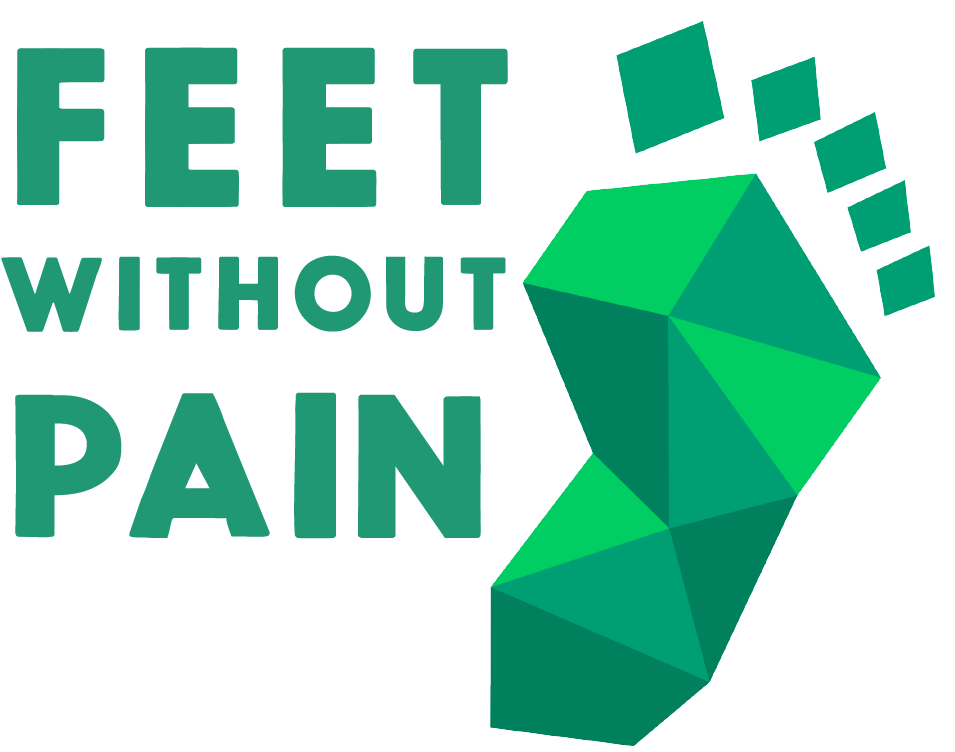Brazilian Feet: A Deep Study with 26,339 Individuals
Available research in PDF format. Click here to download the file.
Abstract
This research was conducted during the months of February and March 2012. A total of 26,339 people initiated the survey, and 21,423 answered all the questions of the extensive questionnaire, which consisted of 51 to 156 questions. The survey was conducted entirely online.
The sample respondents include individuals aged 15 to 90 from all over Brazil, with 44.6% men and 55.4% women. 47.3% of the respondents engage in physical activities or sports. Data regarding monthly income was collected.
The study is presented in 5 segments, which include:
I. Characteristics of Brazilian feet
II. Problems with Brazilian feet
III. Use of products and services for Brazilian feet
IV. Service providers for Brazilian feet
V. Knee and ankle pain among Brazilians
I. Characteristics of Brazilian feet
14% have flat feet, and 16.9% have high arches. 34.9% have feet that point outward, and 8.7% have feet that point inward. The remaining have feet that point forward. The right foot is dominant in 86.4% of the population.
Hallux valgus (bunions) have a high incidence, ranging from 14.8% to 53.7% among the female population and from 6.3% to 13.2% among males.
People with hallux valgus (bunions) report difficulty in finding shoes that accommodate the condition.
- 4% of the population have claw or hammer toes.
- 32.8% have Morton’s toe (the second toe is longer than the big toe).
- 10% of the population have overlapping toes.
- 9% of the population have one leg longer than the other.
II. Problems with Brazilian feet
Foot pain is a significant issue for Brazilians. Depending on age, 13.5% to 34.2% of men and 22.2% to 55.1% of women experience foot pain often or frequently.
Most people report having pain in multiple regions of the feet. For both men and women, the heel is the most commonly affected area, followed by the sole and the top of the foot.
Surprisingly, individuals who engage in sports and physical exercise experience less foot pain.
Weight gain influences the frequency of foot pain. Obese individuals have foot pain more frequently than those with normal weight or overweight. An increase in BMI (Body Mass Index) is associated with a higher frequency of foot pain.
The number of respondents experiencing foot pain increases with the number of hours spent standing per day. The frequency of foot pain increases proportionally with the number of hours spent standing per day. Foot pain is associated with:
- Impact-related pain in 13% to 17% of cases.
- Prolonged standing or intense activity in most cases.
- Prolonged inactivity in 9% to 17% of cases.
The intensity of foot pain is higher in women than in men. Depending on the foot region, pain levels above 7 (on a scale of 1 to 10) affect 21% to 44% of women. Depending on the region, 47.6% to 53.6% of respondents experience pain in both feet.
- 34.8% of men and 43.8% of women have had ingrown toenails in the past 12 months.
- 31.4% of the sample reported having athlete’s foot (tinea pedis) in the past 3 months.
- 7,5% of the population had gout attacks in the big toe in the past year.
- Nail fungal infections affected 16.7% of the population in the last 12 months.
- 39% of the population experienced problems with blisters in the last 12 months.
- 46.2% of the population had calluses on their feet in the last 12 months.
- Only 4% of the population reported having plantar warts in the last 12 months.
- 40% of the population had heel cracks in the skin in the last 12 months.
- 65.3% have dry skin on their feet.
- 68% reported foot odor (smelly feet).
- Diabetic foot is a major problem in elderly individuals.
- In the 65-69 age group, 21% of men and 13.4% of women have diabetes.
- 56% of men and 22.2% of women with diabetes reported loss of sensitivity in their feet (neuropathy).
- The rate of people who lose sensitivity in their feet and present injuries is high: 19.7% to 30.2% of the population.
- 24.8% of men and 21.7% of women with diabetes use special shoes.
- 89.1% of the population says their feet get hot and sweaty when wearing closed shoes.
- The incidence of foot fractures is surprisingly high, 13.9% for men and 15.3% for women.
III. Products used for Brazilian feet
- 7 shoe sizes fit 95.7% of men and 97.8% of women. 14.9% of men and 25.6% of women say that standard shoe width is not suitable for them. Men (18% to 25%) and women (25% to 34%) report having abnormal foot volume. 29.8% of men and 54.1% of women with abnormal foot volume have difficulty finding suitable shoes.
Men’s Shoes
Usage by shoe/sandal type shows the following order:
- Sandals
- Sneakers
- Dress shoes
- Casual shoes
- Others
The average number of pairs purchased in the last 90 days varies between 2.5 and 2.7 pairs, depending on age. Market share in terms of pairs purchased is:
- Dress shoes 18.6%
- Sneakers 30.7%
- Casual shoes 15.4%
- Sandals 27.9%
- Other types 7.3%
Men have an average of 7.58 to 11.08 pairs of shoes or sandals in their closet.
Women’s Shoes
Usage of women’s footwear in order:
- Sandals/”flip-flops”
- Dress shoes/flat shoes
- Sneakers
- Dress shoes/sandals (with heels up to 4 cm)
- Dress shoes/sandals (heels over 4 cm)
- Casual shoes
- Others
- Women buy nearly twice as many shoes/sandals as men. The average number of pairs purchased in the last 90 days ranged from 4.49 to 5.61.
- Women with an income above R$7,000.00 per month buy an average of 8.07 pairs of shoes per month.
- Women have an average of 18.41 to 22.64 pairs of shoes/sandals in their closet, depending on age.
- Women with an income above R$7,000.00 per month have an average of 32.52 pairs in their closet.
- New shoes cause heel discomfort at the Achilles tendon area at least sometimes for 51.9% of men and 82.7% of women.
Men’s Socks
23% of men do not always or often wear socks. The most commonly used type of sock is athletic socks. The use of athletic socks decreases with age, while the use of dress socks increases with age.
Women’s Socks
Women wear socks very rarely. 73.8% of them say they do not always or often wear socks. The most commonly used type of sock is athletic socks and socks for ballet flats.
Insoles
8% of the respondents use insoles. The use of insoles increases with age, and most insole users have only one pair. 33.3% use custom-made insoles, and 66.7% purchase ready-made ones.
Foot Cream Usage
44.2% of the population uses foot cream. 77.8% of men and 95% of women use cream to moisturize their feet. 36.8% of men and 52.6% of women who use creams apply them daily to their feet. A huge market for foot creams.
Foot Massage
68.7% of the population gives foot massages. 76.8% of men and 84% of women massage their own feet.
Painting Toenails
3.3% of men and 81.6% of women paint their toenails. Young people paint their nails more frequently.
IV. Footcare Service Providers in Brazil
Visits to doctors for foot problems increase with age, but in the 65-69 age group, 55.6% of men and 26.2% of women have never been to a doctor for foot problems.
Both men and women go to podiatrists less frequently than they go to doctors.
- 9.2% of men and 58.2% of women say they go to a pedicurist.
- 29.7% go weekly, 37.7% go monthly.
V. Knee and Ankle Pain in Brazilians
34.3% of men and 46.9% of women have knee pain. 87.1% of these people say the pain is intermittent. The practice of physical exercise/sports does not seem to influence knee pain. Increasing the frequency of exercise and sports did not increase the incidence of knee pain. The frequency of knee pain increases with prolonged standing.
There was a significant relationship between knee pain and foot types. People with flat feet or high arches were more likely to have knee pain compared to people with normal feet.
22.4% of men and 34.3% of women have ankle pain. 87% say the pain is intermittent. Ankle pain is also related to foot type. Flat feet and high arches are associated with ankle pain.
Interestingly, those who engage in physical exercise/sports have ankle pain less frequently than those who do not.



